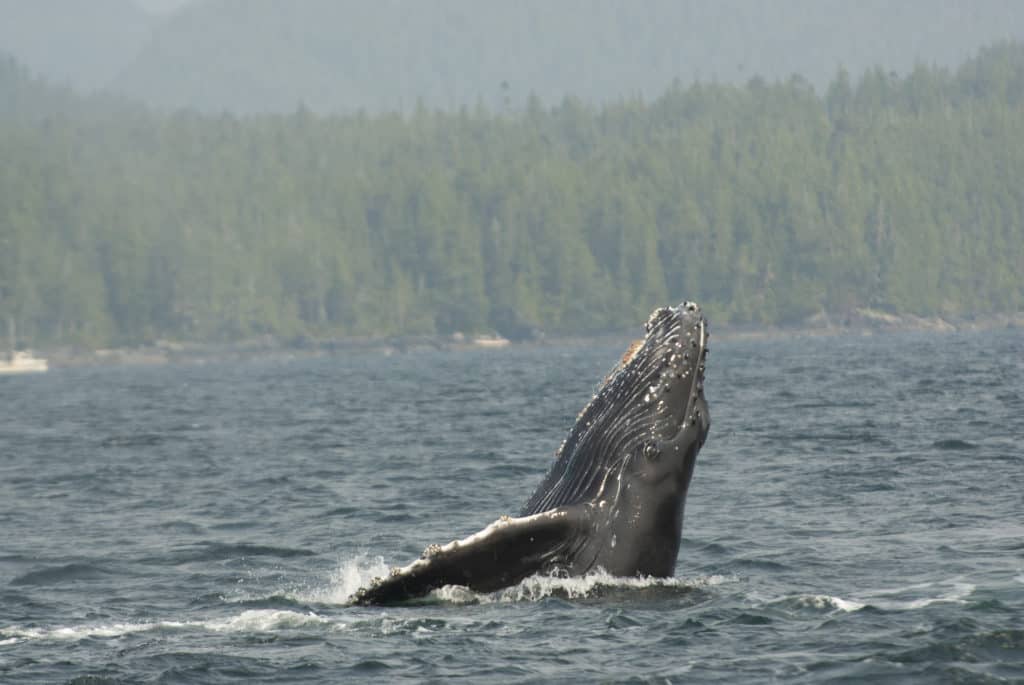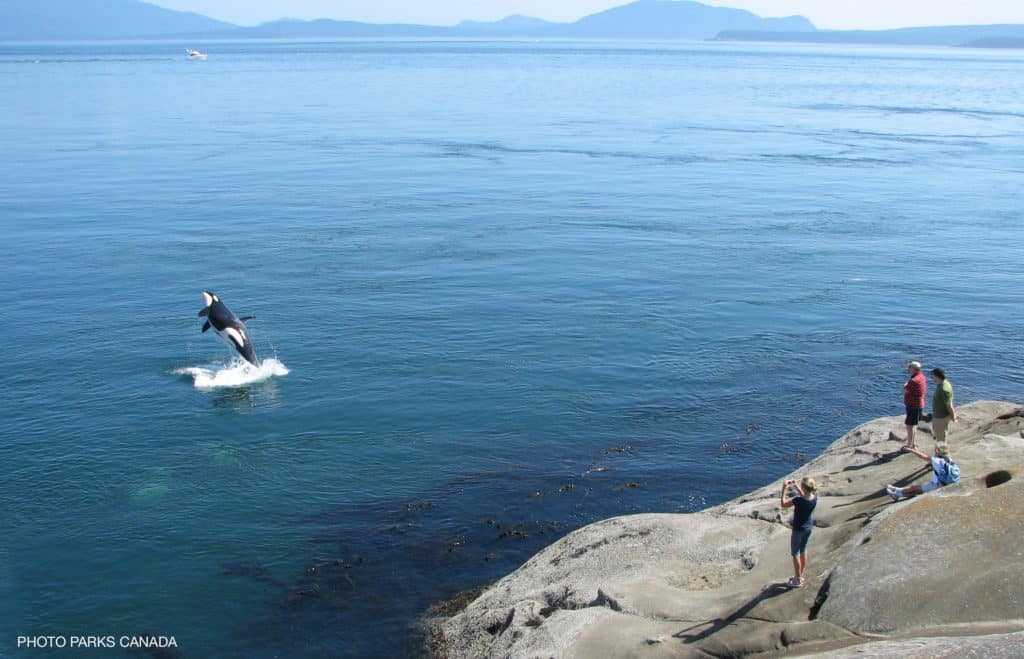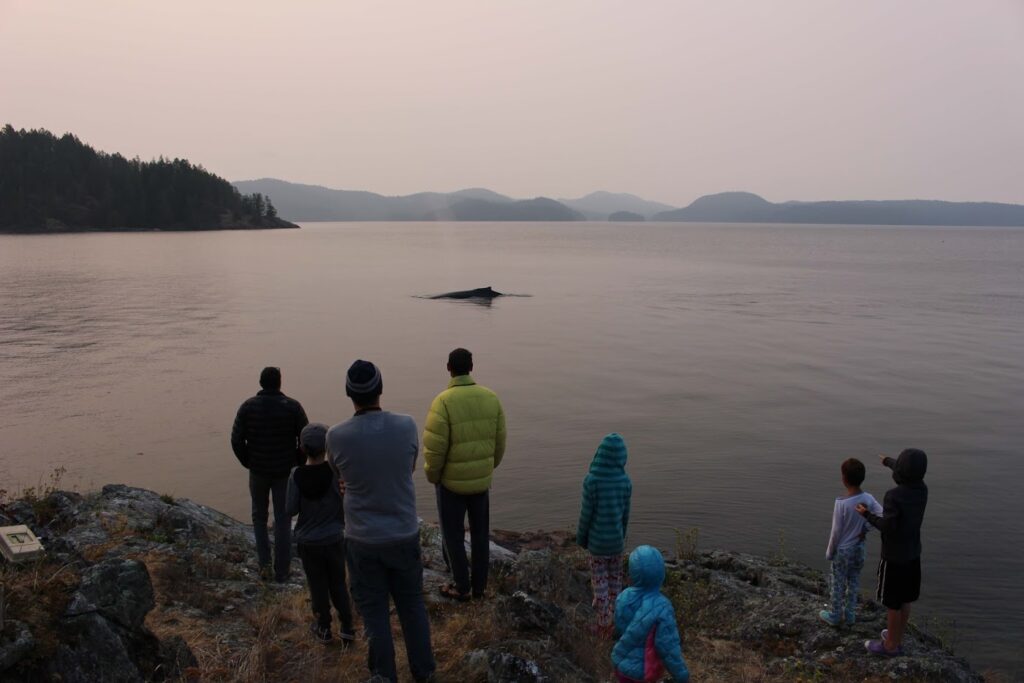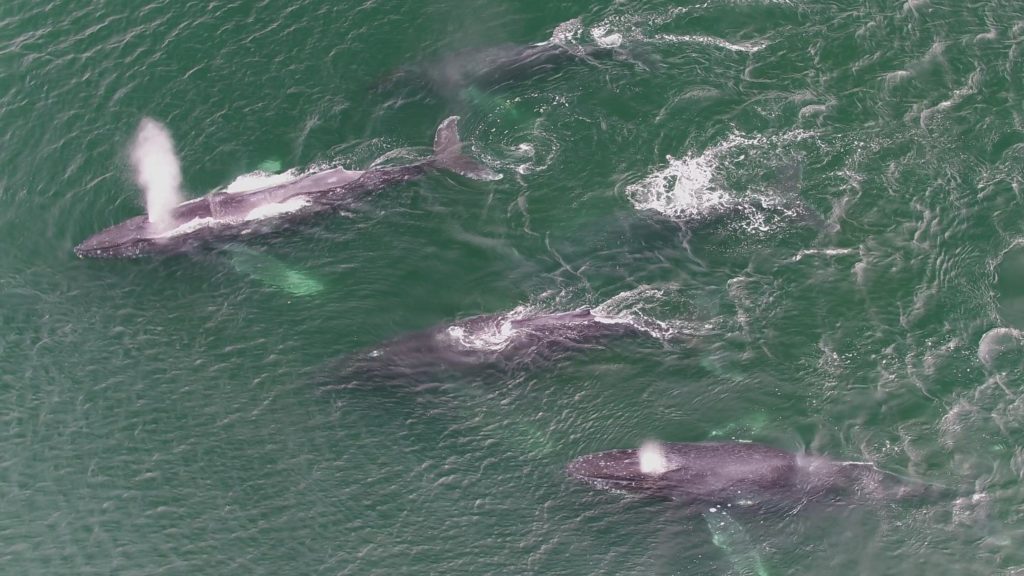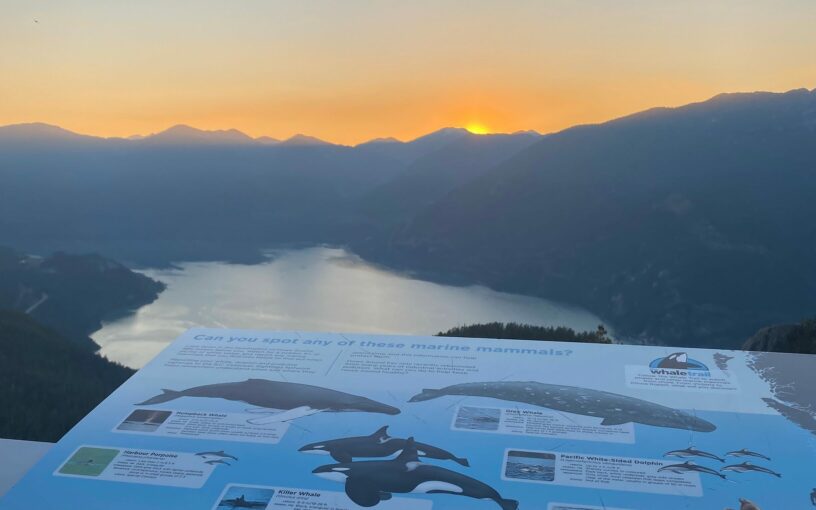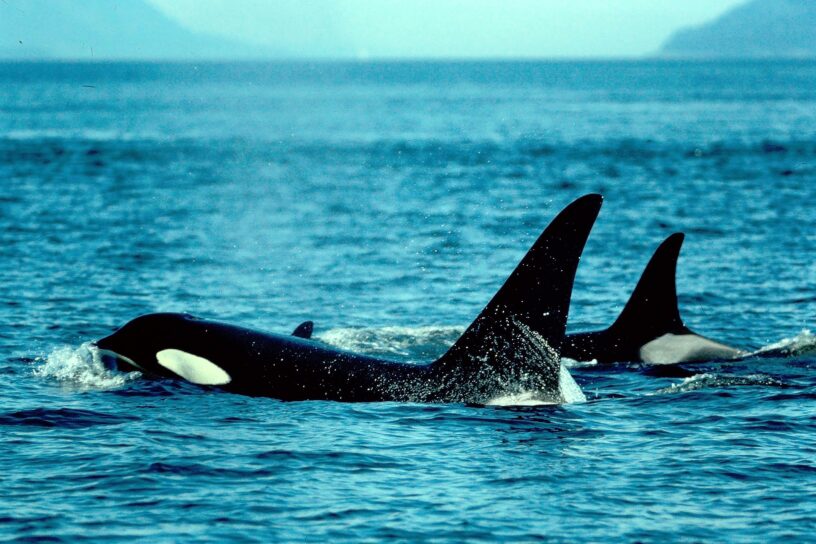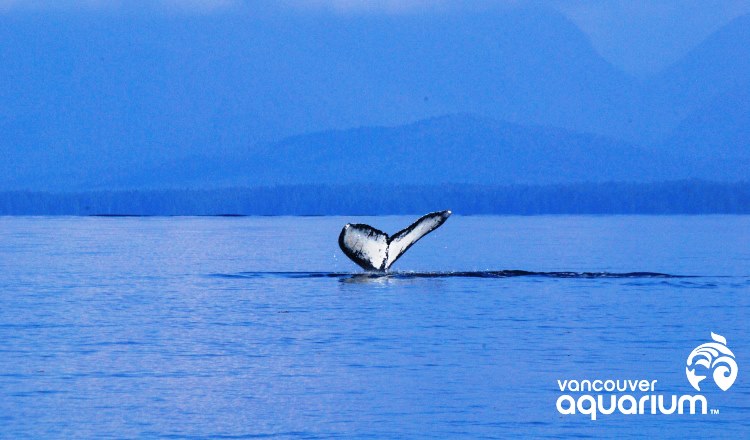New Report: Whale Sightings in Marine Protected Areas
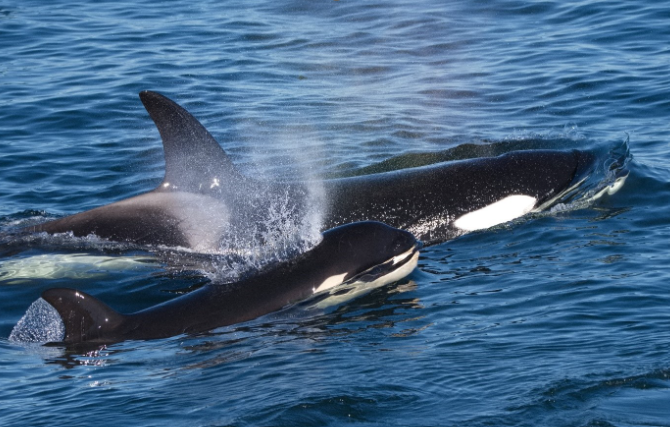
When you think of saving whales, crunching data might not be what comes to mind. But data is a powerful tool in the fight to protect and preserve whale habitats.
That’s the premise of Ocean Wise’s new report. The report compiles over 20 years of whale sightings reported by members of the public. Specifically, the report looks at whale sightings made in marine areas that have designated protections. By compiling this information, researchers can see which species are present, where they are, and what their migratory patterns are.
Collecting data on whales, dolphins, and porpoises (cetaceans) is a huge undertaking. With 70% of our planet covered by ocean, there are infinite places for cetaceans to live. Just the coastlines of British Columbia and Washington State alone span over 30 km in length providing a multitude of spots to view these incredible marine mammals.

The Ocean Wise Sightings Network – formerly known as the British Columbia Cetacean Sightings Network – has been active for 20+ years. The primary way for the public to report their whale sightings is via the WhaleReport App. These sightings not only provide researchers with important information on where whales are and how they’re traveling, it also serves another important purpose.
The rise in vessel traffic along the coast has negatively impacted cetaceans – disrupting activities like feeding, socializing, and breeding, and cetaceans are at risk of collision with vessels causing serious injury or death. Whale sightings are relayed in real-time to alert large commercial vessels that there is a whale within 10 nautical miles. This gives them a chance to slow down, re-route or stop to avoid the whale. To date, approximately 200,000 cetacean sighting reports exist in the OWSN database.
What are Marine Protected Areas?
This report specifically looks at sightings in Marine Protected Areas and in “OECMs” – which stands for “other effective area-based conservation measures.” Marine Protected Areas – or MPAs – and OECMs are areas in the marine environment which have a higher level of environmental protection.
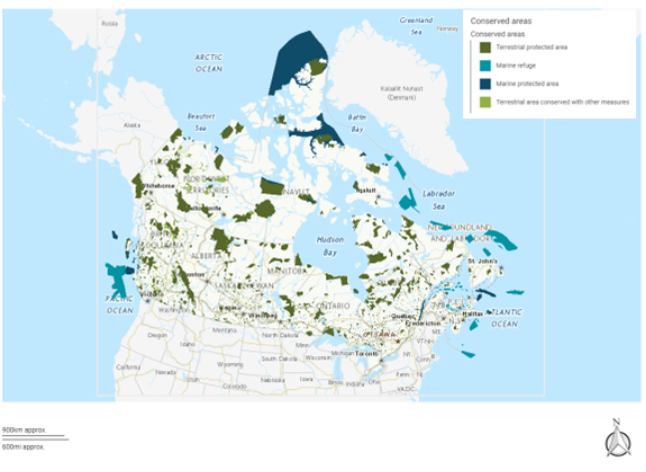
MPAs have regulations that limit human activity, especially industrial activities like mining, dumping, and oil and gas exploration. Many Marine Protected Areas have been designated due to their importance as migratory routes for marine animals.
Currently, 13.9% of Canada’s ocean and coastal areas are protected. Data from the Ocean Wise Sightings Network covers all 203 of the current MPAs in the Canadian Pacific Ocean, and the majority of the 127 MPAs in Washington State. The Ocean Wise Sightings Network is currently active only in the Pacific.
What this report can tell us
In the report, species spotted in protected areas on the Pacific Coast and reported through the Ocean Wise Sightings Network include: Dall’s porpoise, False killer whale, Fin whale, Grey whale, Harbour porpoise, Humpback whale, Hybrid porpoise, Killer whale, Minke whale, Pacific white-sided dolphin, Risso’s dolphin, Short-beaked common dolphin, Sperm whale, Northern right whale dolphin, and Blue whale.
The report compiles 20+ years of citizen-sightings and divides the data into eight regions. Each region includes information like all-time sightings per region, the top-three reported cetacean species per region, and how these species are distributed. The data in the report can be used to identify and protect the habitats of the marine mammals listed above,
You can view the report in full here.
This new report highlights the importance of the sightings network in informing real-world policy, from creating new MPAs to monitoring existing ones. This data can directly lead to enhanced protection for species including killer whales, dolphins, humpbacks, and porpoises.
How you can help!
Producing reports like this would not be possible without the contribution from the OWSN members. We thank you for your continued support and countless hours of effort reporting sightings. Don’t forget, anyone can download the WhaleReport app for free (Android and iOS) to report sightings of whales, dolphins and porpoises in B.C. and Washington State. Learn more here: https://ocean.org/action/send-a-sighting-save-a-whale/.
Posted August 30, 2023 by Rosemary Newton
